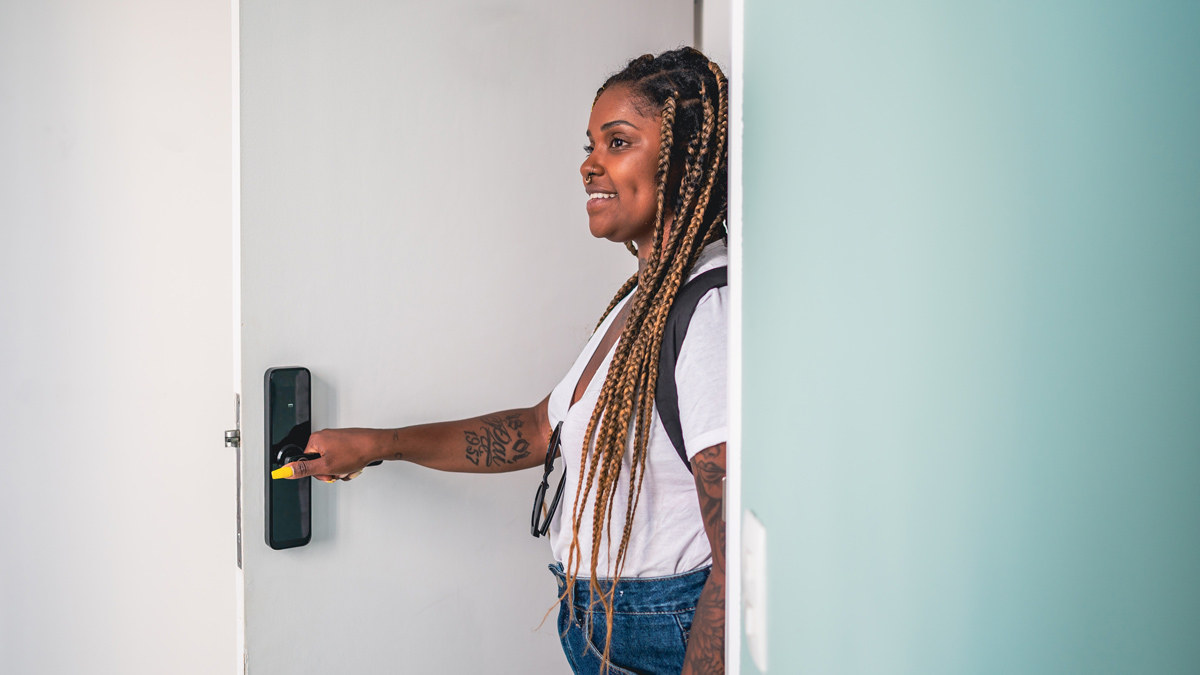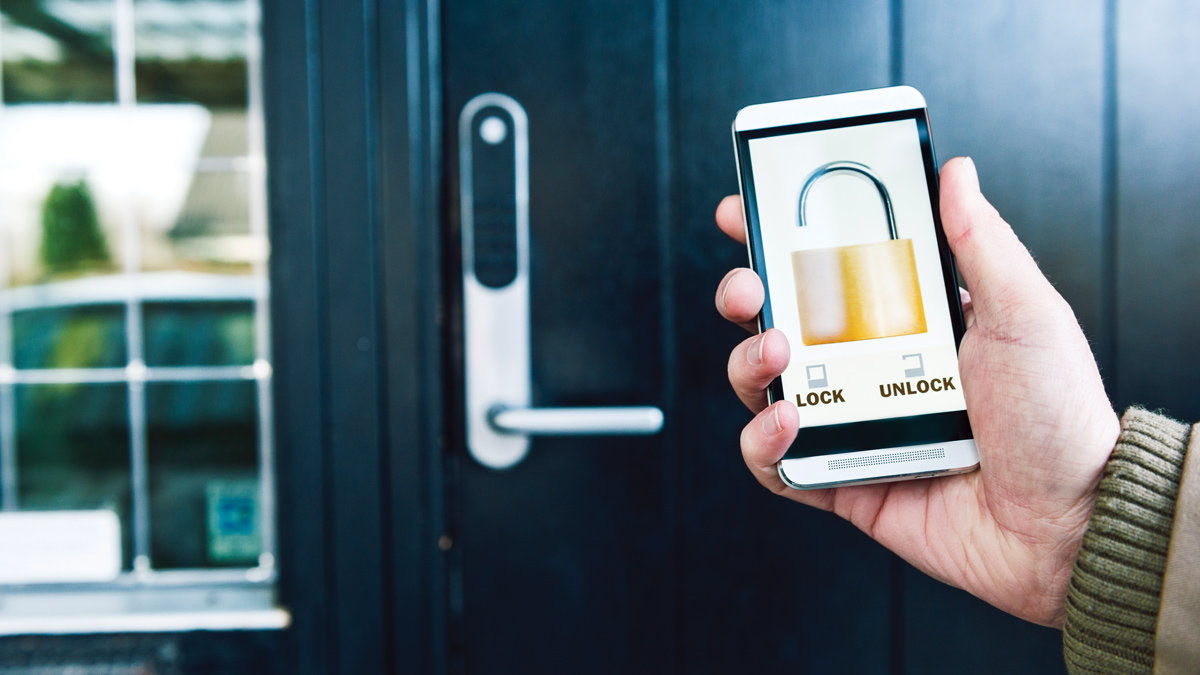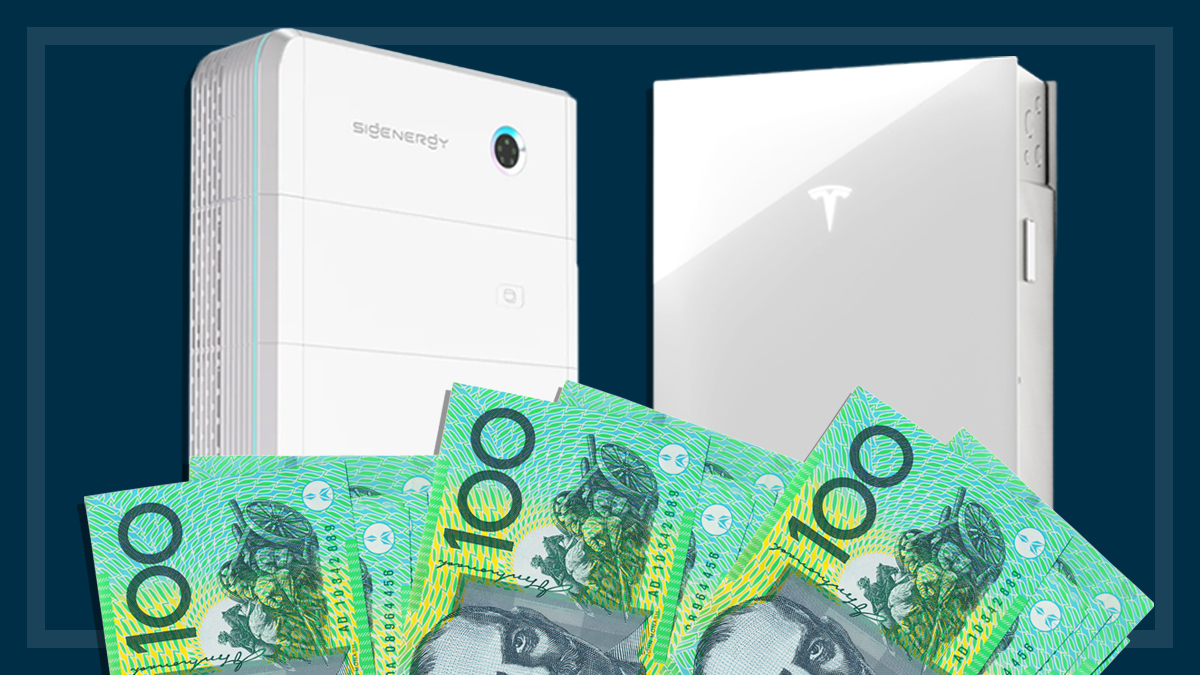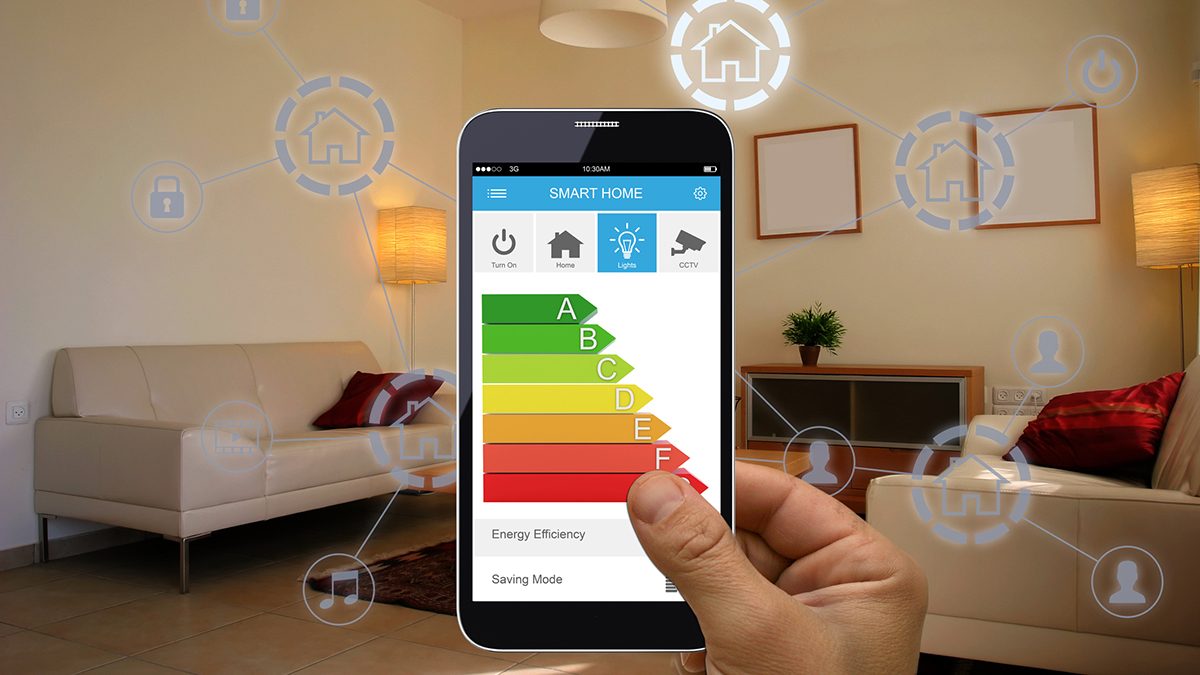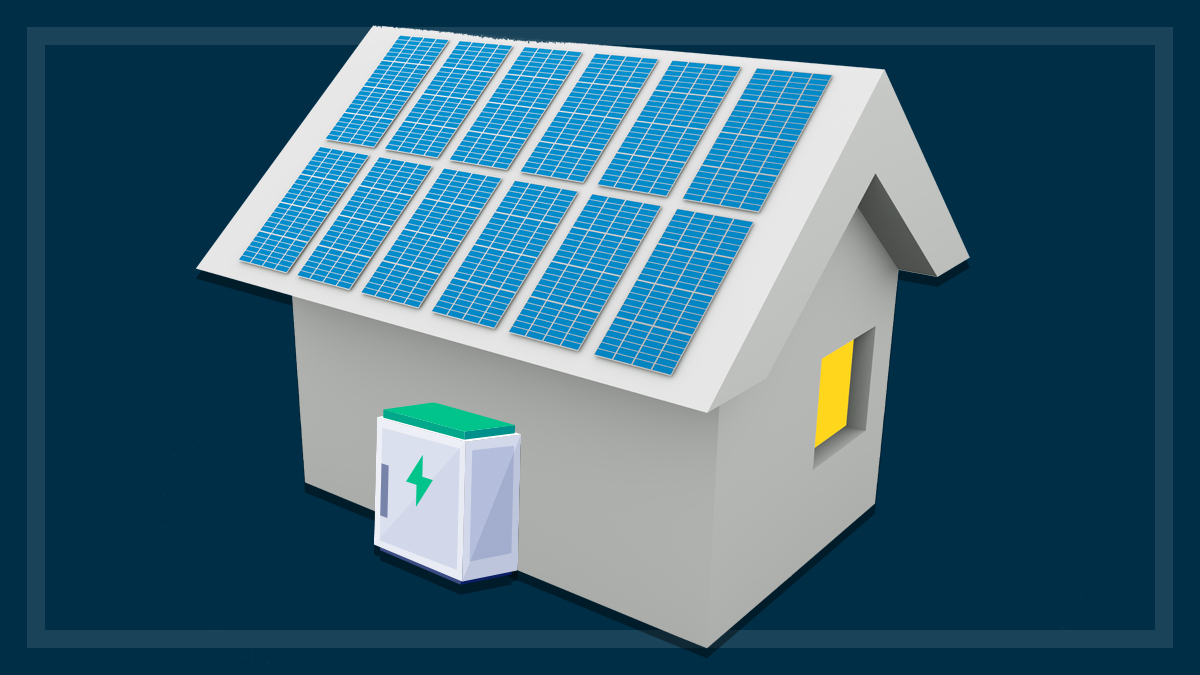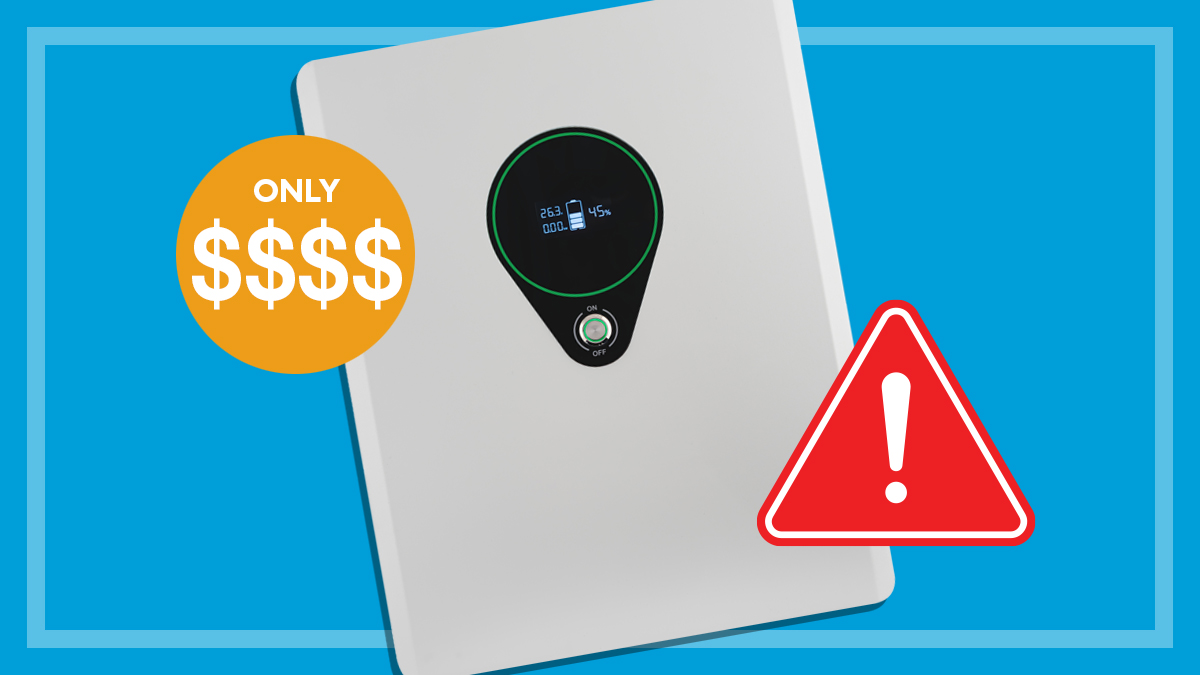How we test smart locks
Our expert method for assessing ease of use, performance and security.
Last updated: 3 Mar 2023
Smart locks offer a range of access options and security features beyond the classic key and deadbolt. Our experts look at offline, Bluetooth and Wi-Fi enabled units to help you find a smart lock that suits your home security needs.
On this page:
How we choose what we test
Our priority is to test what you’ll find in stores and online retailers. This includes a combination of big brands with strong name recognition, and smaller manufacturers from specialty outlets. We also look for smart locks made by brands that sell other home security devices, such as security cameras and smart doorbells.
Scoring
The CHOICE Expert Rating for smart locks is an overall score that’s based on the following criteria:
- ease of use (50%)
- unlocking (30%)
- unlock range (Bluetooth) (10%)
- app privacy and security (10%).
Range testing isn’t conducted for units without Bluetooth. For these, the CHOICE Expert Rating is based on:
- ease of use (50%)
- unlocking (40%)
- app privacy and security (10%).
How we test smart locks
All locks are mounted on temporary blocks, following the vendor guidelines for hole dimensions and setback. Once we’re satisfied that the mechanics of the lock are working smoothly, we install the batteries and then set up each lock using its preferred method: either using app, or its onboard menu system (accessed via a keypad).
Ease of use
We look at the physical installation instructions, steps involved and whether they were clear and easy to understand. After that, we assess the setup process for creating an admin account, additional user accounts and general navigation around the lock and app.
Then we test how easy it is to unlock and lock the mechanism using the primary method (app, biometrics, pin code etc). Finally, we look at how easy it is to access the backup system to gain entry when the lock loses power.
Unlocking
This is a straightforward test that looks at the speed of the primary method of entry, followed by the speed of a secondary method of entry. We also consider any issues using the app if one is available, such as poor performance or complicated navigation.
Unlock range
We attempt to open the lock at three distance intervals – 20, 30 and 40 metres.
App privacy and security
To assess this, we consider five things.
-
Can the lock be set up without an app?
- Is an online account needed for the app?
- What personal details are requested for the online account?
- What are the online account password rules?
- What app security is available when launching the app?
Note: We don’t attempt to break into or hack the locks in any way.
General data
We gather important specifications for each smart lock so you can easily compare functions and features without having to visit every manufacturer’s website. These include:
- mount type (key turner, deadbolt, mortice and barrel only)
- standard keyhole access.
- access options (keypad, biometrics, smartphone app, remote access etc.)
- security and monitoring features
- networking requirements (Bluetooth or Wi-Fi).
We also note which models can be used offline, including those that require Bluetooth or Wi-Fi during setup.
Tester comments
Our expert tester summarises their experience of using each lock. This is to highlight any notable features, benefits or shortcomings they encountered, which don’t quite fit into our comparison table. It provides some real world context as to what each lock is like day to day to help you make an informed purchase.
Related
Peter Zaluzny is a Content producer in the Digital home team. He covers everything from home entertainment and personal safety devices to tech for your car and mattresses.
Peter enjoys cutting through the nonsense to help people understand the products they’re considering to buy. He helps consumers make educated, informed decisions.
Peter has a Bachelor's degree in Journalism and a Bachelor of Arts from the University of Wollongong. LinkedIn
Peter Zaluzny is a Content producer in the Digital home team. He covers everything from home entertainment and personal safety devices to tech for your car and mattresses.
Peter enjoys cutting through the nonsense to help people understand the products they’re considering to buy. He helps consumers make educated, informed decisions.
Peter has a Bachelor's degree in Journalism and a Bachelor of Arts from the University of Wollongong. LinkedIn
Elias Plastiras tests a range of technology in the CHOICE computer lab, from laptops to smart home innovations and interconnected devices.
Prior to CHOICE, Elias spent 17 years working for Australian PC World, testing and writing about PCs and other small business gear. Elias tested almost everything in the PC realm, from 56K modems to network printers, as well as more mainstream consumer gear such as media players and PVRs.
Elias enjoys testing products in a rigorous fashion, to highlight the good and the bad for the benefit of the consumer. LinkedIn
Elias Plastiras tests a range of technology in the CHOICE computer lab, from laptops to smart home innovations and interconnected devices.
Prior to CHOICE, Elias spent 17 years working for Australian PC World, testing and writing about PCs and other small business gear. Elias tested almost everything in the PC realm, from 56K modems to network printers, as well as more mainstream consumer gear such as media players and PVRs.
Elias enjoys testing products in a rigorous fashion, to highlight the good and the bad for the benefit of the consumer. LinkedIn

